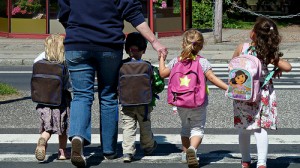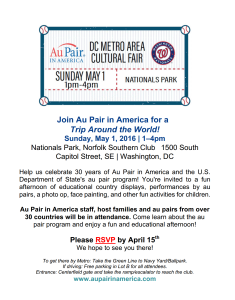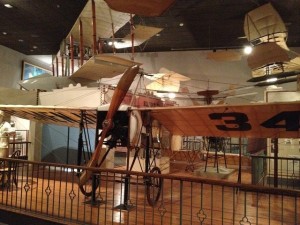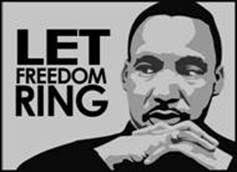One of the really cool things about working for Au Pair in America is that you get to meet fascinating women from all over the world. Here’s a list with over 30 ways of saying Happy New Year! May 2017 be a Happy New Year to you!
| Language | Happy New Year! |
|---|---|
| Afrikaans | Voorspoedige nuwe jaar |
| Arabic | Kul ‘am wa antum bikhair |
| Basque | Urte Berri on |
| Bengali | Shuvo noboborsho |
| Chinese (Cantonese) | Sun nien fai lok |
| Chinese (Mandarin) | Xin nian yu kuai |
| Czech | Stastny Novy Rok |
| Danish | Godt NytÅr |
| Dutch | Gelukkig nieuwjaar |
| Esperanto | Bonan Novjaron |
| Finnish | Onnellista uutta vuotta |
| French | Bonne année |
| German | Ein glückliches neues Jahr |
| Greek | Eutychismenos o kainourgios chronos |
| Hawaiian | Hauoli Makahiki hou |
| Hebrew | Shana Tova |
| Hungarian | Boldog uj evet |
| Indonesian (Bahasa) | Selamat Tahun Baru |
| Italian | Felice Anno Nuovo or Buon anno |
| Japanese | Akemashite Omedetou Gozaimasu |
| Korean | Sehe Bokmanee Bateuseyo |
| Laotian (Hmong) | Nyob Zoo Xyoo Tshiab |
| Latin | Felix sit annus novus |
| Nigerian (Hausa) | Barka da sabuwar shekara |
| Norwegian | Godt Nytt År |
| Philippines (Tagalog) | Manigong Bagong Taon |
| Polish | Szczesliwego Nowego Roku |
| Romanian | La Multi Ani si Un An Nou Fericit |
| Samoan | Ia manuia le Tausaga Fou |
| Spanish | Feliz año nuevo |
| Swahili | Heri za Mwaka Mpya |
| Swedish | Gott Nytt År |
| Thai | Sawatdee Pi Mai |
| Vietnamese | Chuc mung nam moi |
| Welsh | Blwyddyn Newydd Dda |







